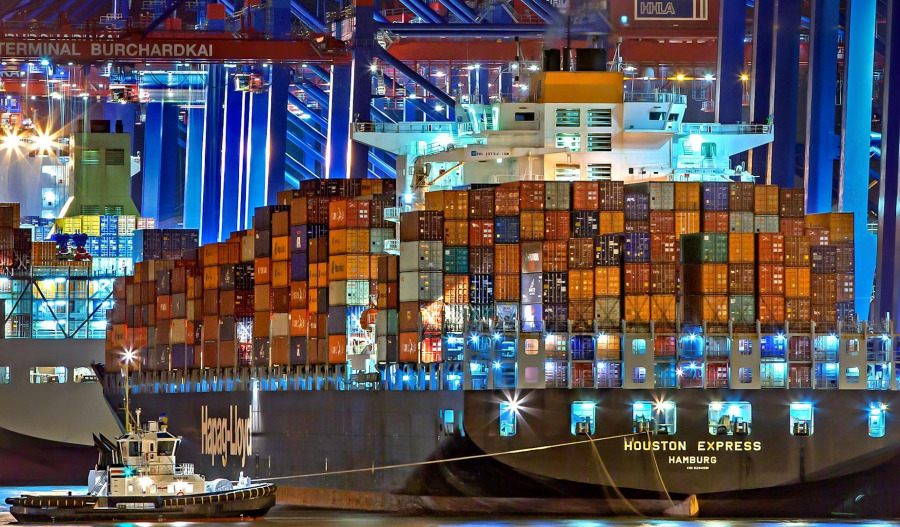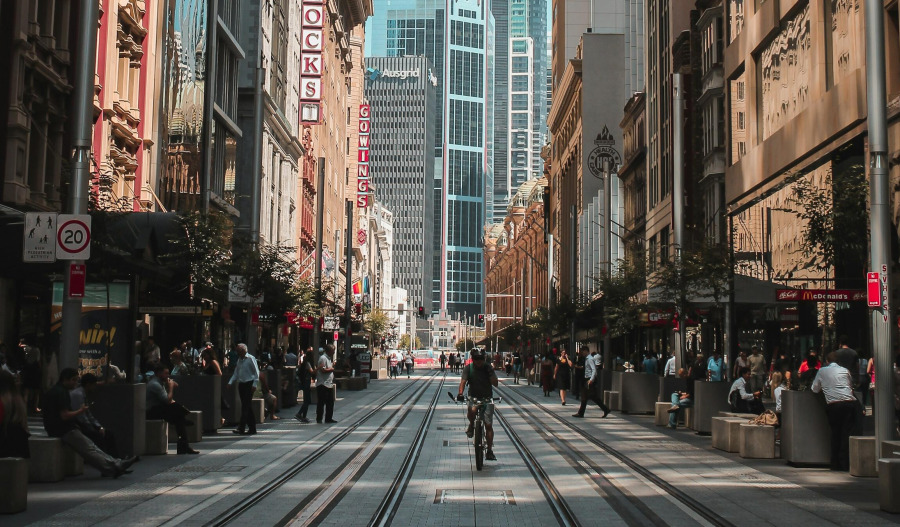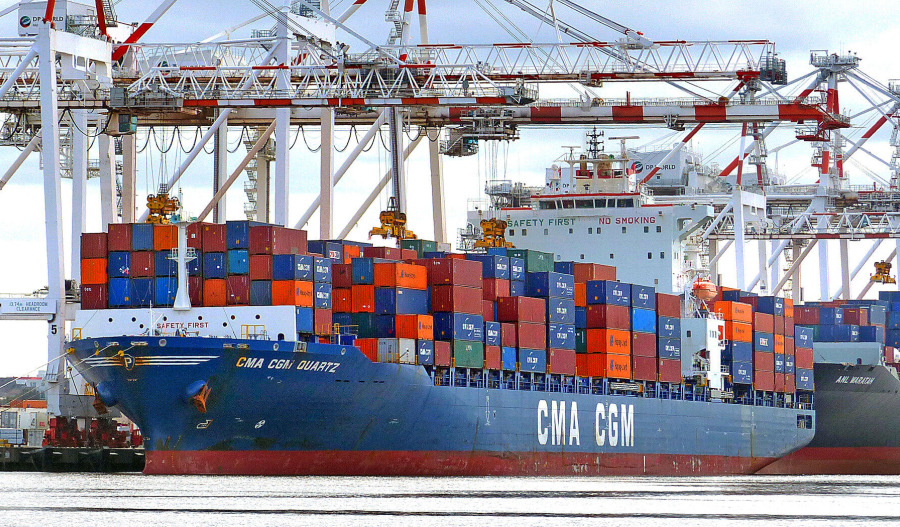Australia’s growing appeal to investors as a stable democracy with sound economic fundamentals is being reflected in enhanced capital flows from around the world, which has helped drive the Aussie dollar higher against the greenback, up 11% since an early April low.
Given that global investors don’t just cut and run out of a country, capital allocation decisions typically are not made quickly.
However, there’s been a noticeable pick-up in offshore demand for Australian assets, especially fixed income, in the last couple of months.
While initial waves of capital redeployment start with a bond maturity or a sale of equities in another country, they typically spread to less liquid real assets such as infrastructure and property.
According to National Australia Bank’s chief economist Sally Auld, global asset allocators are comparing Australia’s outlook for trend growth, low inflation, full employment and central bank independence favourably against the less appealing credentials of other advanced economies.
As a case in point, inflation is above target and growth is slowing in the U.S.; the same thing is happening in the UK, while the German economy hasn’t grown in five-and-a-half years.
“If I was sitting offshore with the dollar at US65 cents, I’d think most Australian assets are pretty cheap because the one thing you know about currencies is that they tend to revert to the mean over time,” noted Auld, who is surprised the Aussie dollar isn’t closer to US70 cents than US65 cents.
“The average for the dollar is about US75 cents so even if nothing happens to the value of the asset, you could make 10% or more just on the currency appreciation.”
New dawn for capital markets
With many countries now looking inward, placing national and economic security at the top of their agendas, Auld recently noted that a new era has dawned in capital markets.
Nowhere is this more evident, adds Auld, than with governments drawing on old measures such as industrial policy and economic statecraft – tariffs, export controls and sanctions.
The previous era, which began in the late 1970s to early 1980s, had given way around 2015 to a new regime characterised by significant long-term changes in the global economy, politics and financial markets.
The prior regime, she said, featured a multi-decade decline in interest rates and mostly low and stable inflation.
Both provided a significant boost to the value of real assets, including equities, property and infrastructure.
There was also a peace dividend, enabling governments to redirect some of their defence spending, and the dominance of liberal democracies in Western economies, particularly the U.S.
“It was a world in which gains to capital outpaced gains to labour,” Auld said.
Seeds of change
Auld believes it was inequality in the distribution of gains of globalisation that ultimately sowed the seeds of regime change, with the world looking starkly different in the era of Brexit and the first Trump presidency.
What this resulted in was the less efficient organisation of global production and trade, leading to lower growth and, most likely, higher inflation.
Tariffs were likely to lower U.S. growth, inventories would be higher to secure supply of critical inputs and commodities, and investors would hold fewer U.S. assets.
However, the changes, notes Auld, were likely to support demand for commodities and commodity currencies.
In a world of greater uncertainty – especially as it relates to supply chains, national interest, security alliances and energy supply - Auld expects countries with a natural endowment of commodities (both soft and hard) are likely to be sought after.
“Shifting global alliances amid renewed national interest priorities are likely to mean less reliance on the U.S. (and hence less willingness to hold U.S. dollar assets) and more appetite to look to other nations for mutually beneficial trading relationships,” she said.
“A final point on commodities – they look relatively cheap as an asset class.”
Unsurprisingly, NAB Private Wealth and JBWere expect portfolios to look quite different in the new regime.
A “regime friendly” portfolio could include more inflation protection; more exposure to commodities, energy and the Aussie dollar; less exposure to U.S.-dollar assets; more exposure to emerging markets, and fewer growth assets.
Global investors exit US markets
Much of the renewed appeal global investors have for Australian assets can be attributed to the serial flow out of the U.S., with President Donald Trump's economic policies damaging the appeal of U.S. markets.
So much so that Global ex-U.S. equity funds received their biggest inflows in more than four-and-a-half years in July, with investors redirecting capital away from the U.S. on concerns over the economy, stretched stock values, and a weakening dollar.
Steep gains in July suggest a sustained shift towards diversification, particularly into Europe and emerging markets, benefiting from easier monetary conditions and improved growth prospects.
The divergence in performance has been another key driver of outflows from U.S. equities, with the MSCI Asia Pacific ex-Japan index up around 14% and the MSCI Europe index gaining more than 19% this year, outpacing the S&P 500's 7.2% rise.
Australia’s property assets shine
Australia’s commercial property market has also benefited from the fallout of U.S. President Donald Trump’s trade wars, attracting renewed interest from foreign capital and getting an additional boost from local interest rate cuts.
In the six months to June, commercial real estate sales totalled $15.5 billion across office, industrial, retail, hotel and living assets, representing a 13% year-on-year increase.
According to CBRE’s Pacific capital markets head, Flint Davidson, falling interest rates locally had enhanced the appeal of local commercial real estate, especially when compared to global jurisdictions grappling with prolonged inflation due to trade barriers.
"Australia has been shielded from any major impact of tariffs placing it as one of the safest investment destinations in APAC," Davidson said.
He expects Australia’s resilience to trade-related shocks, combined with favourable macroeconomic conditions – such as strong infrastructure investment, employment growth and robust population growth – to sustain ongoing demand for local commercial property.
“Interest rates help in terms of boosting returns, so that’s a driver of why buyer sentiment has slightly improved over the last six months,” CBRE’s capital markets research head Tom Broderick noted.
“I also think like maybe we’re less impacted by tariffs as well, unlike other parts of Asia-Pacific that are more impacted by this volatility in terms of tariffs, whereas we’ve probably been a little bit more shielded as well.”



